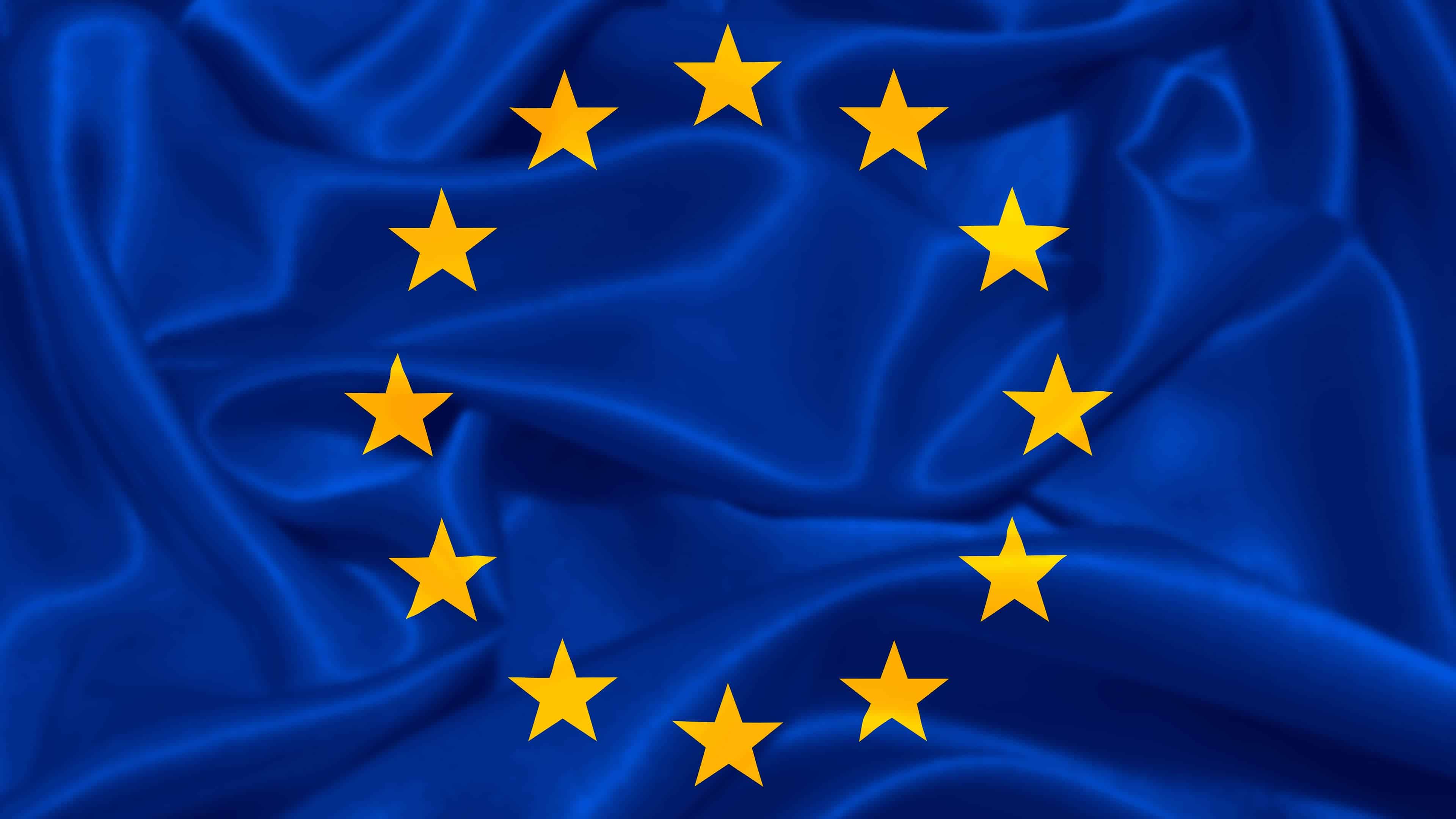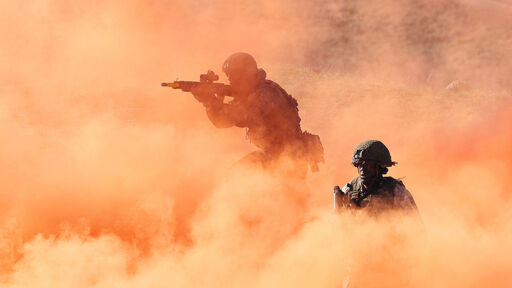In truth, it could take a decade before Europe is able to defend itself without America’s help. To understand Europe’s challenge, start with the debate over Ukraine. European countries are currently discussing the prospect of a military deployment in Ukraine to enforce any future peace deal. The talks, which are being led by France and Britain, envisage sending a relatively modest force, of perhaps low tens of thousands of troops. They would not be deployed in the east at the front line, but to Ukrainian cities, ports, nuclear power plants and other critical national infrastructure, according to a Western official.
Any such deployment would, however, expose three serious weaknesses. One is that it would stretch European forces thin. There are approximately 230 Russian and Ukrainian brigades in Ukraine, though most are understrength. Many European countries would struggle to produce one combat-capable brigade each. Second, it would open up serious gaps in Europe’s own defences. A British deployment to Ukraine, for instance, would probably swallow up units currently earmarked as high-readiness and reserve forces for nato, leaving holes in the alliance’s war plans. Above all, the Europeans acknowledge that any deployment would need significant American support not only in the form of specific “enablers”, such as intelligence and air-defence assets, but also the promise of back-up should Russia attack.
Mirror: https://archive.is/tyyvg



I am not a military expert, so that’s certainly a reason why I can’t follow everything in this article. The Bruegel analysis the Economist mentions, however, says:
It also says:
Bruegel says -unsurprisingly- that Europe must significantly increase its defense spending, and also makes suggestions how this could be done best (amongst others, by replacing the US military-industrial base). Overall it provides a different picture than the Economist imho.
The report also just stops very short of saying the quiet part out loud: the strategy so far has been to use Ukraine as a sacrificial pawn to bog down Russia. This cynical strategy worked so far, but there are signs that the Ukrainians don’t want to take part in this any longer, and this is what has all the military analysts running around like headless chicken right now. Trump is basically just accelerating the inevitable.
What lessons we can take from that and what the best new strategy will be is disputed right now.
The problem is going to be deciding what the peace looks like.
Russia is asking for more land than it controls and doesn’t provide security guarantees to Ukraine, opening Ukraine up to a possible third invasion in the near future.
Ukraine seems open to accepting its current losses, but likely needs security guarantee by some entity powerful enough to deter a third invasion. You also have NATO/EU nations being unwilling to withdraw troops from nations bordering Russia because this is the second time Russia has invaded a neighboring country in 11 years and these nations aren’t belligerents yet.